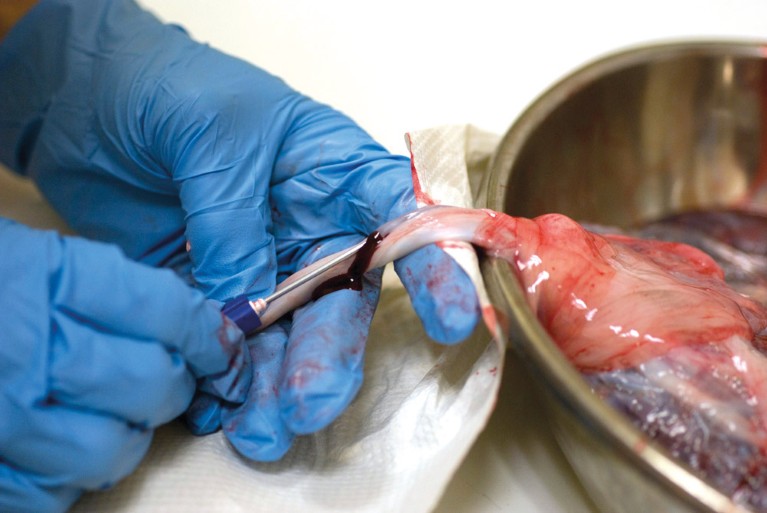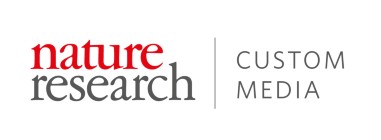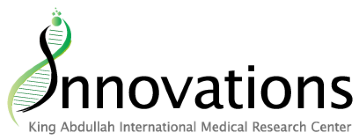
Stem cells extracted from the placenta could have properties that surpass those derived from other parts of the body.© JAMES DAVIES / ALAMY STOCK PHOTO
Mesenchymal stem cells (MSCs) are ‘multipotent’, having the potential to differentiate into many adult cell types including bone, cartilage and fat cells. The majority of MSCs used in therapeutic applications are derived from bone marrow. However, they are difficult to extract and their potential to differentiate typically decreases as the age of the donor increases. Harvesting them is also notoriously time-consuming and invasive for the donor, prompting scientists to search for alternative MSC sources.
Cell biologist Mohamed Abumaree, from King Abdullah International Medical Research Center, with local and international colleagues, has extracted and characterized MSCs from the ‘decidua basalis’, a part of the human placenta that is highly exposed to inflammation and oxidative stress during early pregnancy. The team found that decidua basalis and bone marrow MSCs can similarly differentiate into bone cells, cartilage cells and fat cells. More importantly, decidua basalis MSCs secrete a cocktail of cytokines, growth factors and immunomodulatory molecules that are normally used to safeguard the foetus. The researchers believe that the decidua basalis may prove to be an equally good source of MSCs, if not better, for use in therapeutic applications, particularly those related to neurodegenerative and autoimmune diseases.
A great variety of MSC types — including those derived from the liver, dental pulp, adipose tissues, endometrium, muscle tissues, amniotic fluid, umbilical cord blood and the placenta — has been studied in the past. However, not much study has been focussed on the genetic makeup and growth properties of decidua basalis MSCs.
The researchers isolated decidua basalis MSCs and characterized their genetic and protein expression profiles. They found that these cells express adhesion molecules that help other cells bind together. They also migrate to sites of inflammation or injury upon stimulation. These properties have implications not only for regenerative medicine but also for tissue engineering where stem cells must securely bind to a scaffold called the extracellular matrix.
Decidua basalis MSCs are highly abundant and can be easily collected after the delivery of babies. The researchers would like to further investigate how they can be used to treat diseases such as atherosclerosis, Alzheimer’s disease and Parkinson’s disease.


